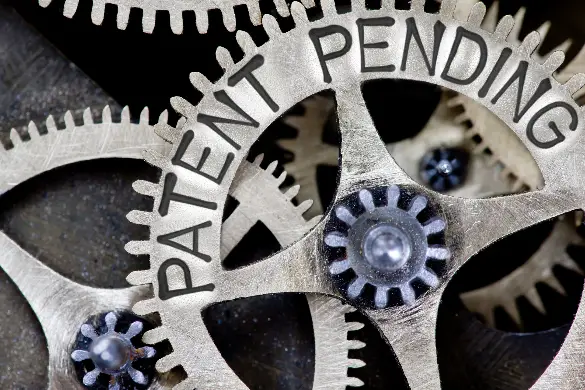
Innovation is essential if businesses want to thrive in today’s competitive marketplace. An important aspect of innovation is monetizing ideas and protecting these ideas from competitors. A patent protects the innovative ideas of inventors and business entities for a fixed period. In the U.S., most patents are valid for 20 years from the application filing date. Once acquired, a patent provides its holder an economic right to exclude others from making, using, or selling the invention in question. For businesses, a patent holding translates directly to financial worth and can lead to high business valuation multiples overall. As a business owner, you should understand the process of patent valuation and what patent holding means for the value of a company. If you are interested in learning more about the patent valuation process, continue reading this post.
Ensure Patent Status
The value of a patent is contingent upon the patent’s legitimacy. This means that before you even begin the valuation process, you must be sure to check that the patent is active and that the required maintenance fees are current and have been paid. Do your due diligence by requesting copies of the patent’s application and all correspondences with the patent office. You also want to obtain any relevant foreign patent applications so you have a full understanding of the scope of the invention or the Intellectual Property (IP) at hand.
Generate Thorough Understanding
If your patent is for an invention, be sure that you obtain all the cost information relevant to said invention. Your business should employ a team of experts who understand the entirety of the patent process to read the patent information carefully and ensure that the information is complete. This includes consulting a patent attorney for additional support. Maintain a firm understanding of the criteria of your patent and the particulars of the service and value that it provides. This understanding will prove essential when it comes to the valuation process.
Cost-Based Analysis
One quantitative economic approach to valuation analysis focuses on cost. The cost approach to patent valuation stipulates that the patent’s value is directly related to the monetary value of the item, or the exact amount that it would cost to replace the item at that time. A cost-based analysis considers the estimated cost of generating a patent. This includes research and development costs, filing and maintenance fees, attorney fees, as well as the value of various internal supports. The method then compares this cost with the potential monetary value of the invention and concludes that patent costs should be clearly worth at least $50K in order to be worth investing in the patent. A cost-based valuation may prove limiting when it comes to anticipating future market value or growth. This type of analysis is not ideal when it comes to dealing with intangible assets such as intellectual property, as potential monetary gains in this realm are contingent upon variables that are less concrete.
Income-Based Analysis
The income method of patent valuation involves identifying the NPV (Net Present Value) of future economic benefits. This method of valuation speculates the potential income flow that the patent will generate when used in the marketplace. If you foresee a product patent saving your business money, this may be the valuation analysis method to go with. An income based valuation recognizes a company’s expected capital increases and estimates a patent’s value based upon this expected amount over a certain period. This method is the most reliable and therefore most utilized method for patent valuation. The income method is calculated by a discounted cash flow model which considers the current cash value of future financial benefits offered by patent ownership.
Market-Based Analysis
The market method of patent valuation estimates value based upon what a potential buyer would pay for a similar product or service. For this valuation method to be a viable one in your business, an active market for the patent must already exist. Additionally, there needs to be evidence of past transactions of comparable property. In the healthcare field, for example, research similar devices used in this market and estimate your value based upon products that already exist in the field. When looking to patent a product, pay close attention to industry characteristics, market share potential, and growth prospects. Through understanding these factors and trends, you position yourself in a place to set your invention apart in a competitive industry with similar patent holdings.
Accounting for a patent’s value can often prove difficult, as it is an intangible asset. There are various methods of valuation used by professionals today. As a business owner, you must ensure your patent status before you can begin to consider valuation methods. Once this is done, there are various economic approaches to valuation analysis. These include cost, income and market methods of analysis. Consider the different methods of patent valuation mentioned above if you are interested in the process of patent valuation in the b
 Business First Family Business, Accounting, Finance, Investing, Marketing And Management
Business First Family Business, Accounting, Finance, Investing, Marketing And Management